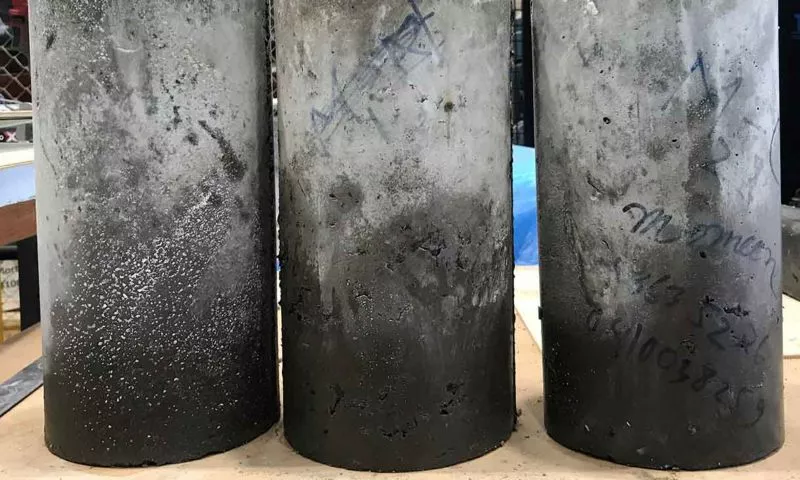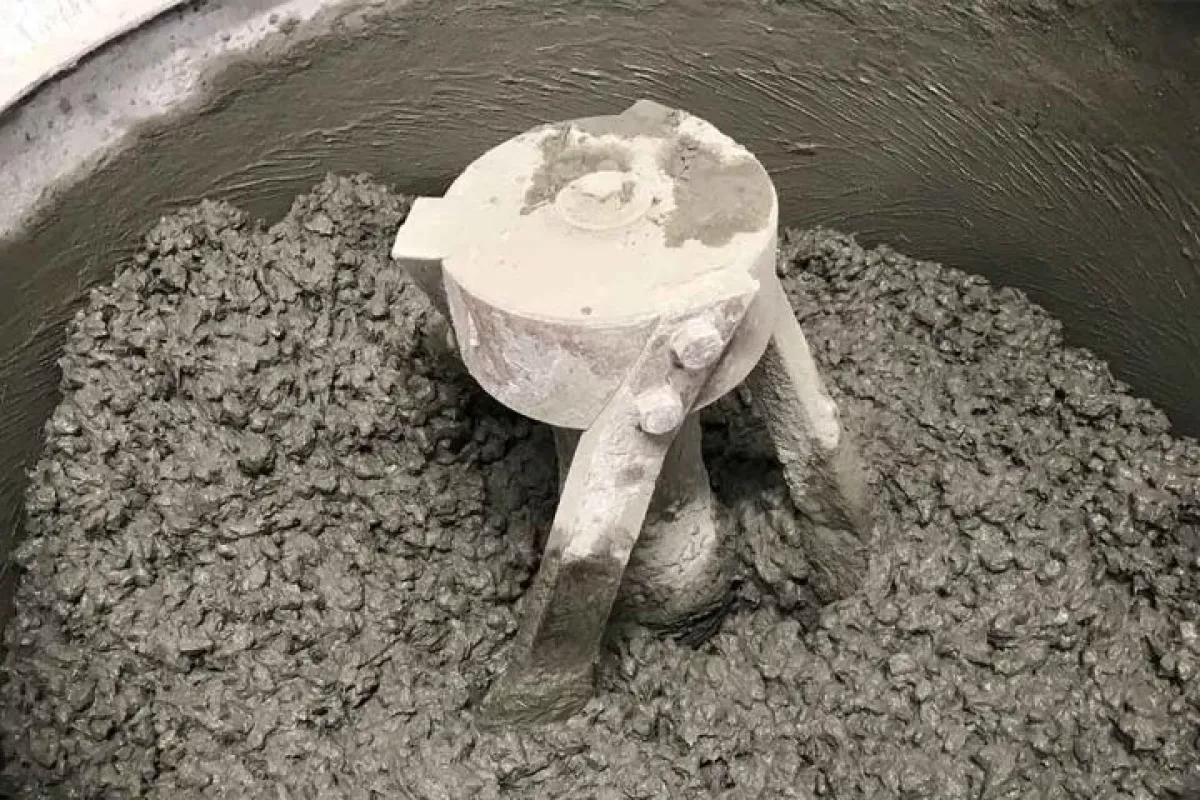In recent years, we've heard about efforts to replace some of the aggregate used in concrete with crumbled used tires. Now, however, scientists have succeeded in producing good quality concrete in which all of the aggregate has been replaced with tire particles.
Concrete consists of three parts: water, a cement which binds everything together, and an aggregate such as sand or gravel. That aggregate has to be mined from the ground, and is actually now in short supply in many parts of the world.
Discarded tires can be recycled to a certain extent, but often just end up sitting in landfills or getting burned.
Several groups have tried to address the one problem with the other, by substituting ground-up tires for a portion of the sand or gravel. The resulting concrete has tended to be tougher than regular concrete, as the rubber particles within it have allowed it to bend under pressure instead of breaking.
Unfortunately, though, if too much of the aggregate is replaced with tire particles, the concrete lacks compressive strength and splitting tensile strength. This is at least partially because that the cement doesn't bond well with the pieces of rubber, so they're not held together firmly enough.
Building on research conducted by their colleagues, scientists at Australia's RMIT University determined that the bonding problem is due to the porosity of the tire rubber. More precisely, pores in the rubber fill with water when the concrete is initially mixed, but those pores simply become empty voids at the rubber/cement interface once the water evaporates and the concrete sets.
In order to address that problem, the researchers started with wet concrete in which all the aggregate consisted of tire particles, then placed that concrete in special steel molds as it was setting. These molds placed pressure on the concrete, compressing the particles and the pores within them.
As a result, once the concrete had dried and set, the cement was much better bonded to the "preloaded" tire particles. When compared to 100% tire-aggregate concrete produced by conventional means, the preloaded concrete exhibited 97%, 59% and 20% increases in compressive, flexural and tensile strength, respectively.

The scientists are now looking into ways of reinforcing the new concrete, thus making it even better suited to use in construction projects.
"As a major portion of typical concrete is coarse aggregate, replacing all of this with used tire rubber can significantly reduce the consumption of natural resources and also address the major environmental challenge of what to do with used tires," said study co-author and team leader, Prof. Jie Li.
A paper on the research was recently published in the journal Resources, Conservation & Recycling.
Source: RMIT University




